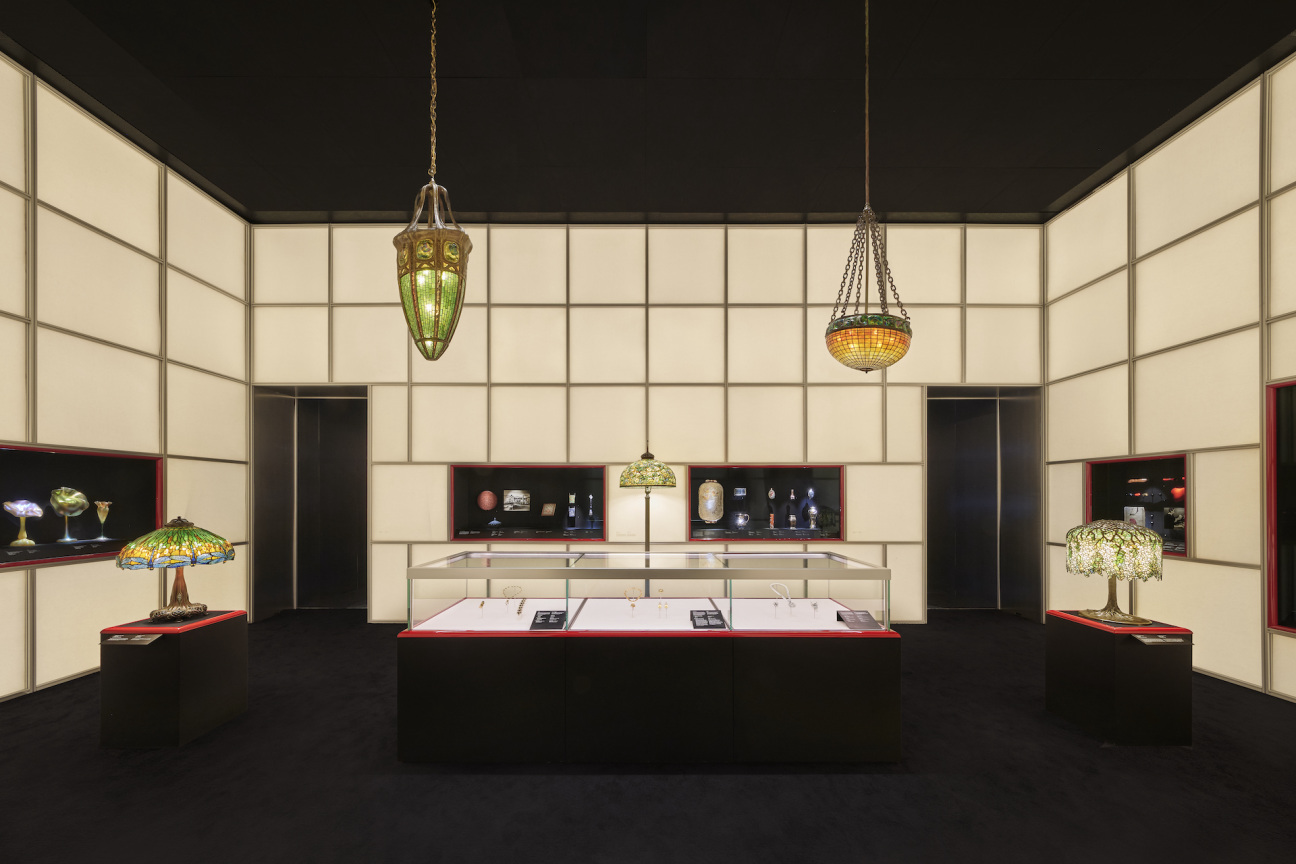
In the three and a half years since LVMH acquired Tiffany & Co., one of America’s only heritage luxury brands has been on a mission to claim its rightful place in global cultural history. It is pulling out all the stops to make it happen.
The jewelry brand’s debut, in 2021, of a robin’s-egg blue Jean-Michel Basquiat, acquired by LVMH and featured in a complementary campaign starring the Carters, shot the zeitgeist in the heart. Tiffany & Co. went on to install the trophy painting high above eye level at the brand’s Fifth Avenue flagship, where it is on view alongside 40 other artworks by the likes of James Turrell, Anish Kapoor, and Daniel Arsham.
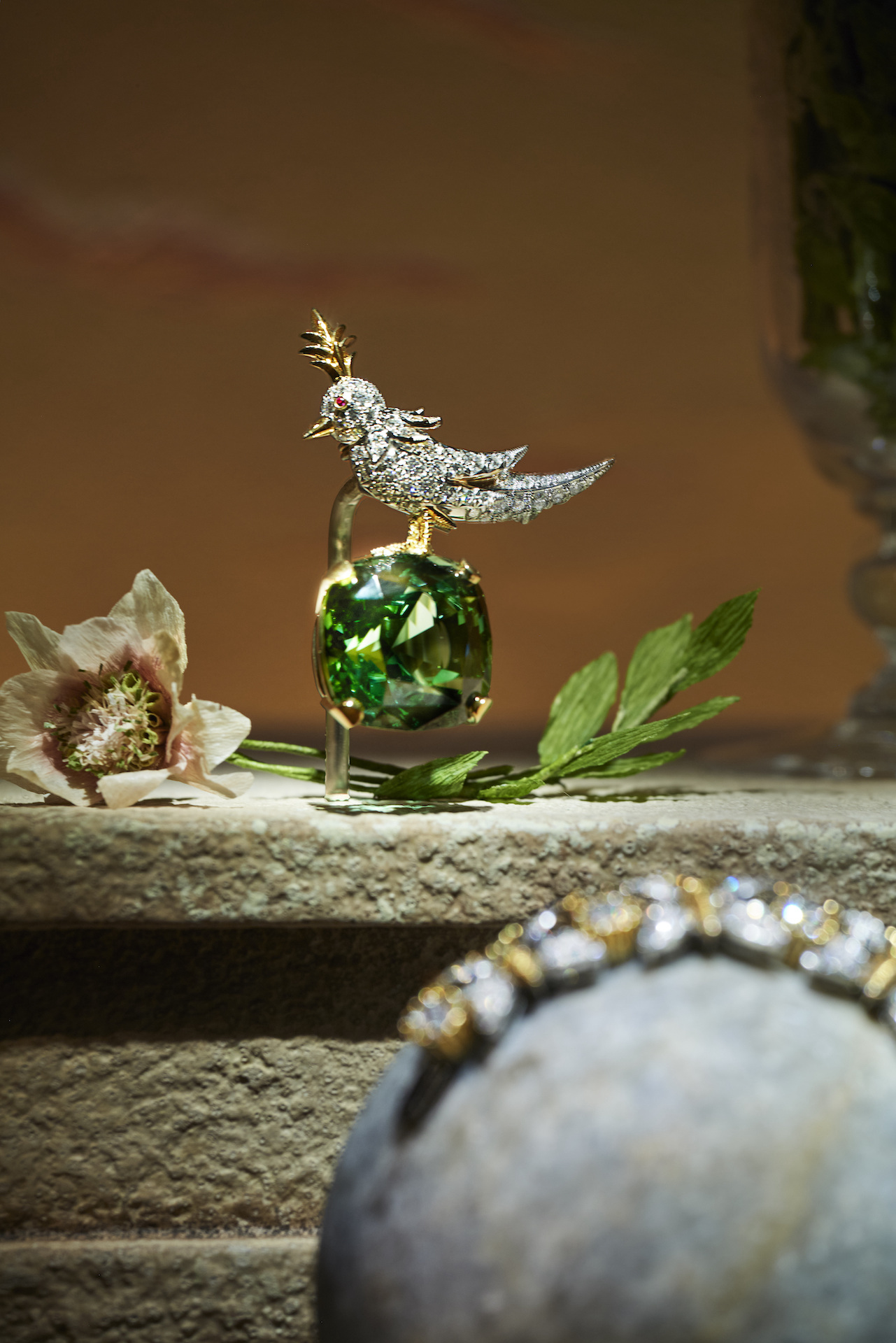
This strategy seems to be working. There are now lines to have breakfast at Tiffany & Co.—and not the brown-paper-bag kind Audrey Hepburn enjoyed while peering through the windows. Meanwhile, at the spring art fairs in New York, Elsa Peretti bone cuffs proliferated on It girl wrists.
What Tiffany & Co. is doing here is educating. First, by sharing with a new generation its enduring alliances with art and design innovation. Second, by becoming its own historian, developing high-wattage exhibitions about the brand from its glittering archive. “Tiffany Wonder,” a show that opened this spring in Tokyo, exemplifies the latter mode of storytelling.
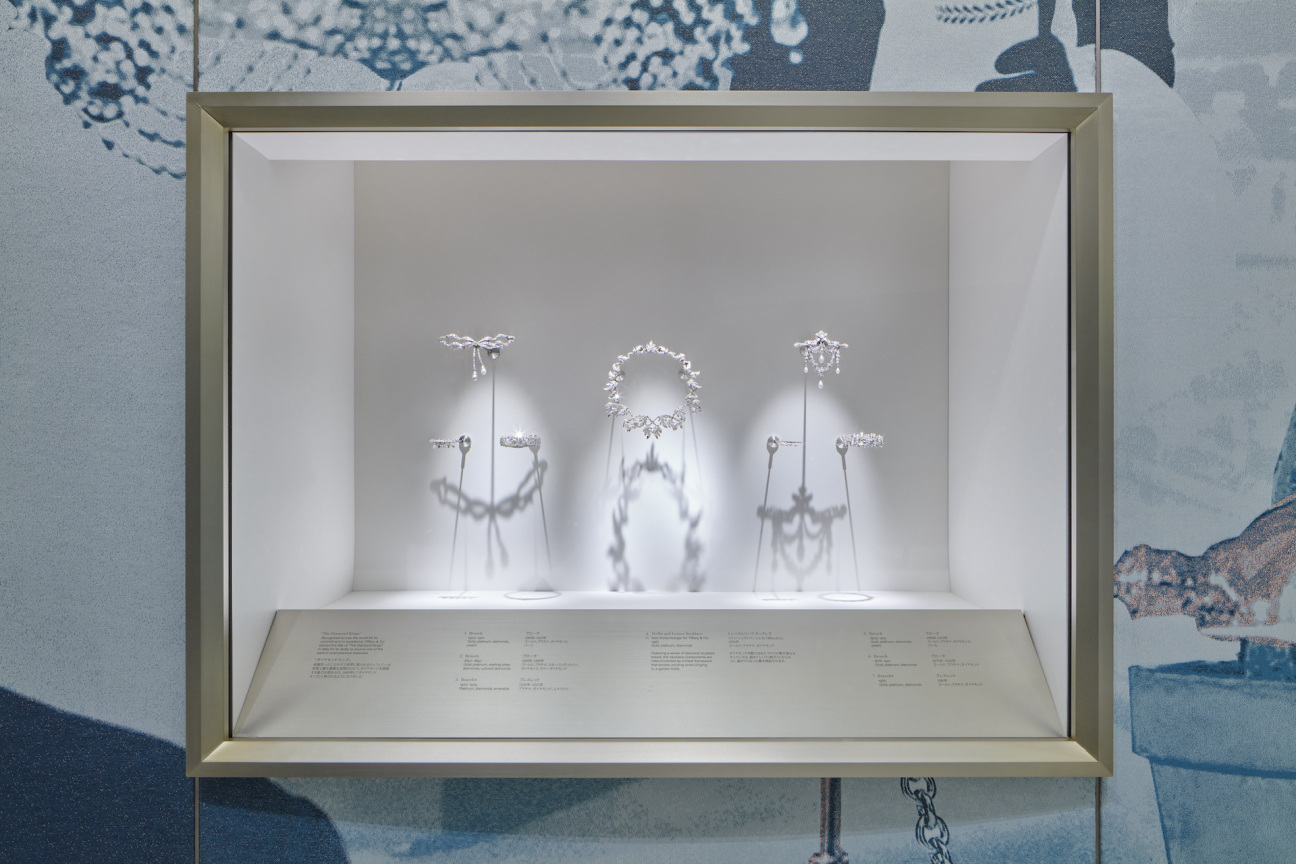
Why Japan? Perhaps you need a refresher on the history of Louis Comfort Tiffany. The brand’s new leader Alexandre Arnault, executive vice president of product, communications, and industrial, is happy to oblige. “Tokyo is a very special place to us, as it is a source of infinite inspiration,” he explains. “Everyone from George Paulding Farnham and Louis Comfort Tiffany to 20th-century creators like Elsa Peretti were deeply inspired by the unique artistry and intricate craftsmanship of Japanese design. Tokyo is ingrained in our DNA—our first salon opened in Tokyo in 1972.”
Held in an OMA-designed skyperch known better as Tokyo Node Gallery, the exhibition is bursting with treasures very few in Japan have likely seen, despite the brand’s almost two-century-long dialogue with Japanese design. The show offers a trip through Tiffany & Co.’s greatest hits, from the first little blue box to the Blue Book, the first mail order catalog to offer Americans jewelry by post, as well as a rotation of pieces by design visionary Jean Schlumberger.
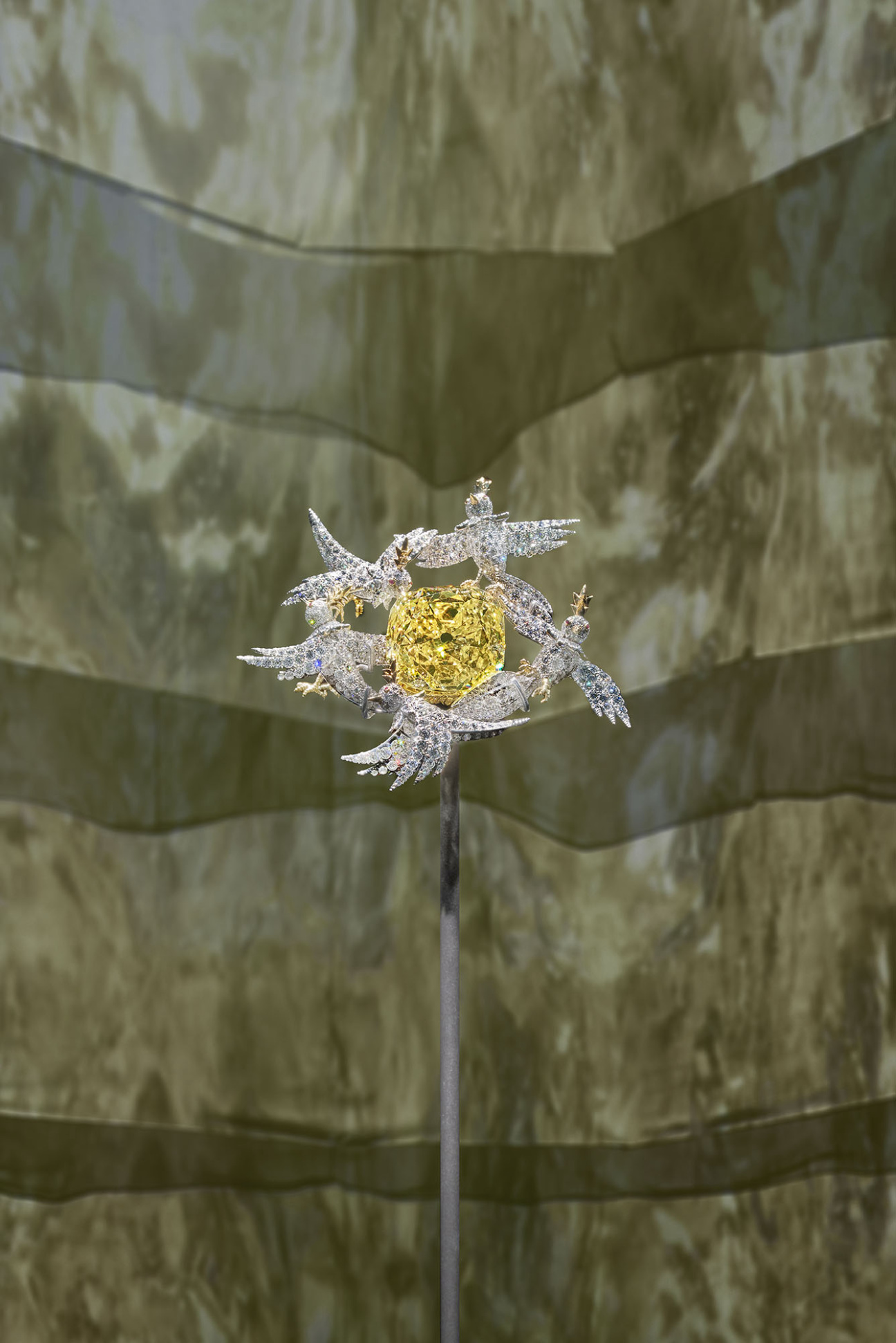
There is also heftier—and shinier—fare, like the 128.54-carat Tiffany Diamond, which the brand’s chief gemologist Victoria Reynolds describes as “the house’s true north.” Also on view is Louis Comfort Tiffany’s auction-record-breaking Medusa necklace, with its Beaux-Arts charm, opal heart, and amethyst tendrils, which sold for $3.7 million in 2021. Strung together in the show, these works form an impressive timeline.
Spread across 10 rooms, the exhibition immerses the visitor in the world that made Tiffany & Co. a household name, a Truman Capote novella turned cinematic icon, America’s trophy-maker. As Arnault puts it, “‘Tiffany Wonder’ reveals the importance of brand storytelling. The exhibition offers a means of engaging with the world of Tiffany in a context that is separate from a Tiffany store. It’s designed to foster genuine, meaningful connections with the brand that can only be experienced in person.”
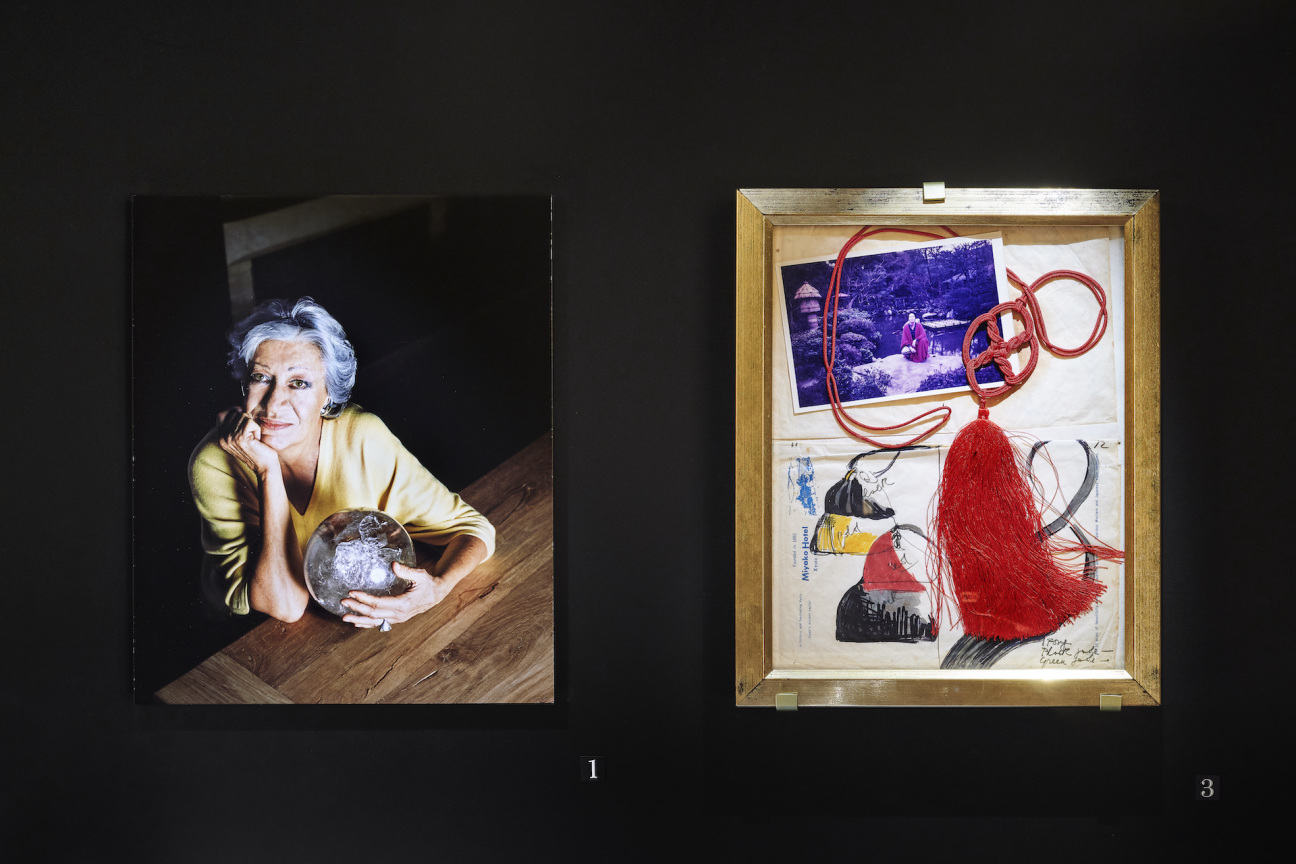
Firsthand experiences have become a luxury in their own right—and more essential than ever to heritage brands like Tiffany & Co., where quality is a tactile sensation and visual feast. “Tiffany Wonder” walks that line, gracefully showing finely rendered objects rather than telling with rhetoric or gimmicks. “It’s a balancing act between the expected and unexpected, between tradition and innovation, between heritage and modernity,” Arnault explains. “These dualities inform our legacy and allow us to push forward as we maintain our position as a pioneer in the worlds of design and craftsmanship.”
As with any renewed investment in a long-term relationship, it is tempting to daydream about future possibilities. Imagine what emerging Japanese designers might do when Tiffany & Co. calls them up, now that they know how instrumental their cultural touchstones have been to the brand’s evolution. Diamonds and stones everywhere await their beautiful fate. “Tiffany Wonder” delivers on its name.
"Tiffany Wonder" is on view through June 23, 2024 at Tokyo Node Gallery.


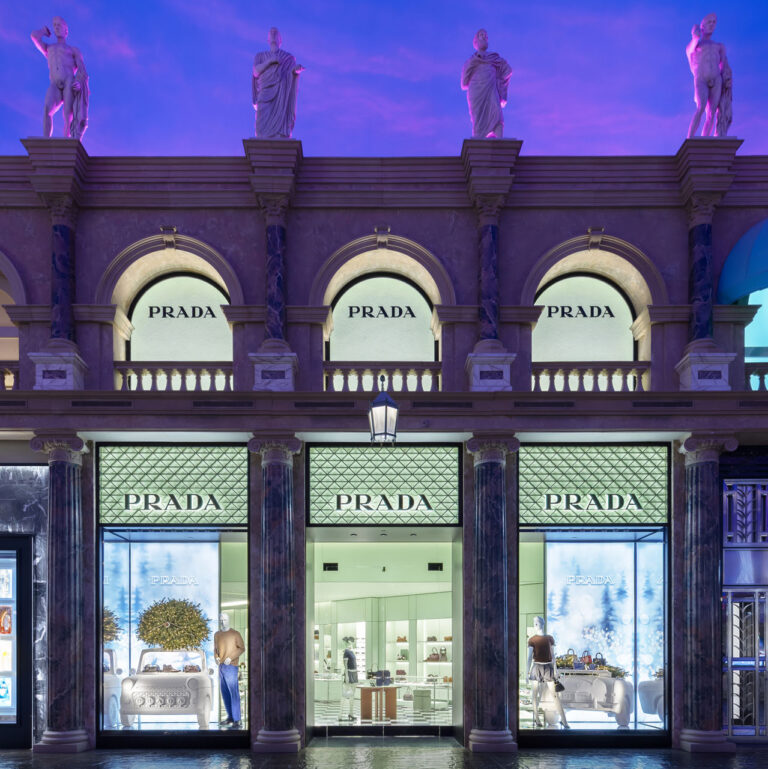


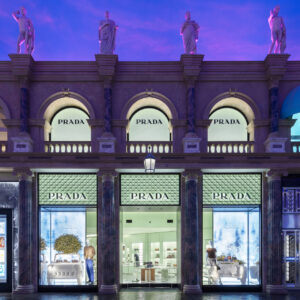
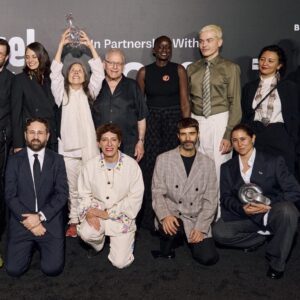



 in your life?
in your life?

